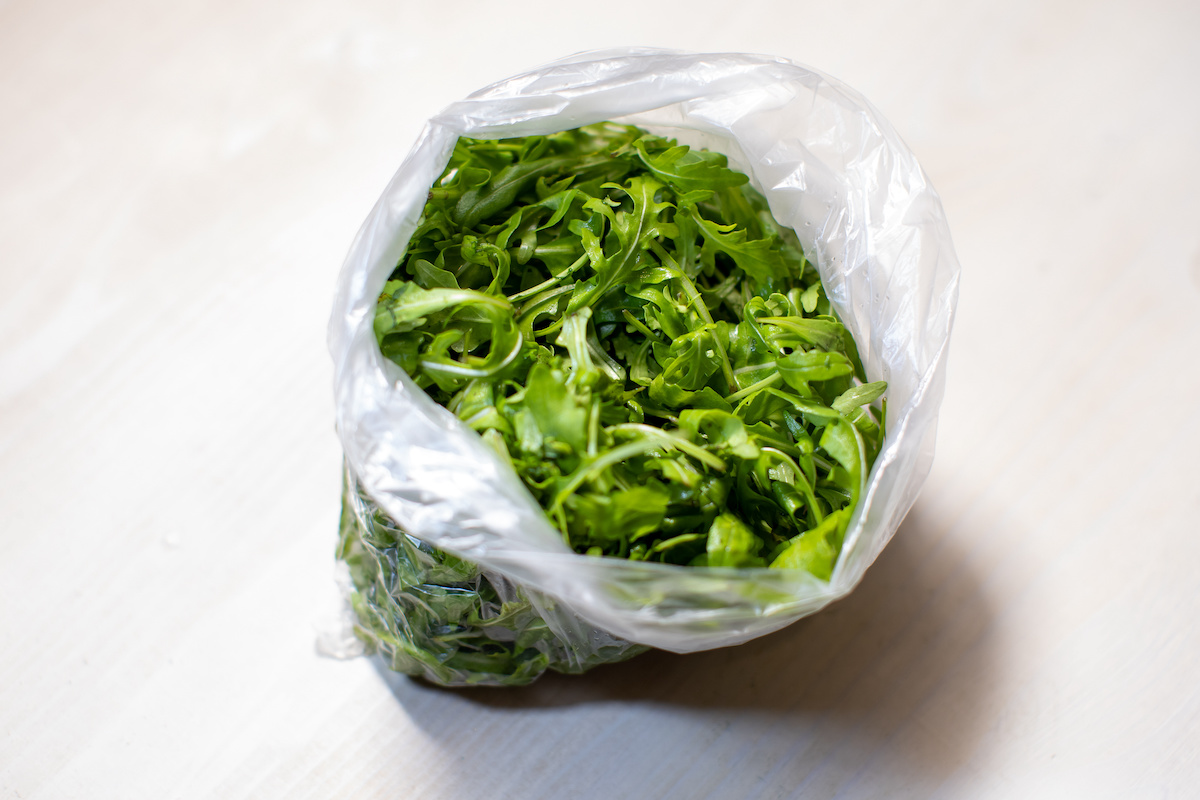

Articles
How To Store Arugula In Fridge
Modified: December 7, 2023
Learn the best methods to store arugula in the fridge and keep it fresh for longer with these useful articles.
(Many of the links in this article redirect to a specific reviewed product. Your purchase of these products through affiliate links helps to generate commission for Storables.com, at no extra cost. Learn more)
Introduction
Welcome to the world of arugula, a leafy green vegetable that offers a peppery and slightly bitter flavor. Whether you grow arugula in your garden or purchase it from the grocery store, it’s important to know how to store it properly to maintain its freshness and flavor. In this article, we will guide you through the process of storing arugula in the fridge so you can enjoy this delightful green for as long as possible.
Arugula, also known as rocket or rucola, is a versatile leafy green that is commonly used in salads, sandwiches, and even cooked dishes. It is packed with essential nutrients such as vitamins A, C, and K, as well as folate and calcium. Arugula is also a rich source of antioxidants, making it a valuable addition to any healthy diet.
Understanding how to store arugula properly will not only help to preserve its nutritional content but also prevent it from wilting or becoming mushy. Whether you have harvested a fresh bunch of arugula from your garden or bought a pre-packaged bag from the store, the storage guidelines remain the same.
Key Takeaways:
- Properly storing arugula in the fridge involves preparing, sealing, and monitoring its freshness. Follow these steps to maintain its crispness and flavor for up to a week, and get creative with your arugula recipes!
- To store arugula, prepare it by cleaning and drying the leaves, then seal them in an airtight container with a paper towel to absorb moisture. Monitor its freshness regularly and use it within a week for optimal taste and quality.
Read more: How To Store Arugula
Understanding Arugula Storage
Before diving into the specifics of storing arugula, it’s important to understand the factors that can affect its shelf life and overall quality. Arugula is a delicate leafy green that is highly susceptible to wilting and decay if not stored properly.
The freshness and quality of arugula largely depend on its moisture content. Arugula leaves contain a significant amount of water, which makes them prone to wilting and becoming limp. Exposure to air, moisture loss, and improper temperature can all contribute to the deterioration of arugula.
The ideal storage conditions for arugula involve maintaining a cool temperature to slow down the rate of decay and prevent wilting. Additionally, arugula should be stored in a way that minimizes moisture loss and exposure to ethylene gas, which is released by certain fruits and can accelerate the spoilage process.
When properly stored, arugula can typically stay fresh for up to one week. However, keeping in mind the delicacy of this leafy green, it’s best to use it as soon as possible for optimal flavor and freshness.
Preparing Arugula for Storage
Before you can store arugula, it’s important to properly prepare it to ensure its longevity in the fridge. Follow these steps to prepare your arugula:
- Start by inspecting the arugula leaves and discarding any wilted or damaged ones. It’s crucial to use fresh and healthy leaves for storage.
- Rinse the arugula leaves under cool water to remove any dirt or debris. Gently shake off any excess water, but be careful not to bruise or damage the leaves in the process.
- Pat the leaves dry with a clean kitchen towel or use a salad spinner to remove excess moisture. Ensuring that the arugula is dry will help prevent it from becoming slimy and decaying quickly.
- If you prefer, you can trim the tough stems from the arugula leaves. While these stems are edible, some people find them to be too fibrous. Removing them will create a more pleasant eating experience.
By following these preparation steps, you’ll have clean, dry, and trimmed arugula ready for storage.
Storing Arugula in the Fridge
Proper storage of arugula in the fridge is essential to maintain its freshness and crispness. Here are the steps to follow when storing arugula:
- Choose a clean and airtight container that is large enough to accommodate the arugula without crushing or compacting the leaves. You can use a plastic container, a resealable bag, or even a glass container with a lid.
- Line the container with a paper towel or a clean kitchen towel. This will help absorb excess moisture and keep the leaves dry.
- Place the prepared arugula leaves into the container, making sure to avoid overcrowding. Overcrowding can cause the leaves to wilt and bruise.
- If you are using a resealable bag, gently press out any excess air before sealing it. This will help maintain the freshness of the arugula.
- Label the container or bag with the date of storage. This will help you keep track of its freshness and use it in a timely manner.
- Store the container/bag in the refrigerator’s vegetable drawer or in a spot where the temperature is consistently cold. The temperature of the fridge should be set between 35°F and 40°F (1.7°C and 4.4°C) to ensure the arugula stays fresh.
Following these steps will help prolong the shelf life of arugula and keep it fresh for a longer period. Remember to be gentle when handling the leaves to prevent any damage or bruising.
To store arugula in the fridge, first remove any ties or bands, then place the arugula in a resealable plastic bag with a paper towel to absorb moisture. Store in the crisper drawer and use within a few days for best freshness.
Properly Sealing Arugula for Storage
Sealing arugula properly is crucial to maintain its freshness and prevent moisture loss. Here are some tips for sealing arugula for storage:
- If you are using a container, ensure that the lid is tightly sealed to create an airtight environment. This will help to prevent moisture from escaping and keep the arugula crisp.
- If you are using a resealable bag, make sure to press out as much air as possible before sealing it. This will minimize the contact of the arugula with oxygen, which can cause it to wilt and deteriorate quickly.
- Consider placing a folded paper towel or a dry cloth inside the container or bag. This will help to absorb excess moisture and prevent the arugula from becoming soggy.
- When using a container, avoid overpacking it with arugula. Leave some space at the top to allow for air circulation and to avoid crushing the leaves.
- Ensure that the container or bag is clean before storing the arugula. Any residue or previous food particles can promote the growth of bacteria and affect the freshness of the leaves.
By properly sealing arugula, you can minimize moisture loss and maintain its crispness and freshness for a longer period. Remember to place the sealed container or bag in the refrigerator as soon as possible to maintain the ideal storage conditions.
Read more: How To Store Fresh Arugula
Monitoring Arugula Freshness
While you’ve taken all the necessary steps to store arugula properly, it’s important to monitor its freshness regularly. Here are some ways to check the freshness of your stored arugula:
- Inspect the leaves: Take a look at the arugula leaves and check for any signs of wilting, browning, or sliminess. Fresh arugula should have vibrant green leaves that are crisp to the touch.
- Smell the arugula: Give the arugula a gentle sniff to determine if it still has a fresh and earthy scent. If it smells unpleasant or has a strong odor, it may be a sign of decay.
- Perform a taste test: If the arugula passes the visual and smell test, you can do a quick taste test to ensure its quality. It should have a peppery and slightly bitter flavor. Avoid using arugula that tastes off or has a strange aftertaste.
If you notice any signs of spoilage, it’s best to discard the arugula to avoid any potential health risks. Freshness can vary depending on the initial quality of the arugula and storage conditions, so it’s important to regularly check and use it in a timely fashion.
Remember that arugula is a delicate green and tends to deteriorate quickly. It’s best to consume it within a week of storing to enjoy its optimal quality.
Tips for Using Stored Arugula
Now that you have stored your arugula properly, here are some tips on how to make the most of your stored greens:
- Use it in salads: Arugula adds a peppery kick to salads. Combine it with other fresh vegetables, fruits, and your favorite dressing for a flavorful and nutritious meal.
- Add it to sandwiches and wraps: Layer arugula on sandwiches and wraps to add a crunchy texture and a burst of flavor. It pairs well with a variety of fillings, such as grilled chicken, roasted vegetables, or even cheese.
- Incorporate it into cooked dishes: Arugula can be gently wilted in pasta dishes, stir-fries, and soups. Toss it in during the last minute of cooking to preserve its vibrant color and peppery taste.
- Create pesto or sauces: Blend arugula with garlic, nuts, cheese, and olive oil to make a delicious arugula pesto. You can also puree it with yogurt or cream to create a creamy arugula sauce.
- Garnish your dishes: Add a handful of arugula as a garnish for various dishes, such as pizzas, frittatas, or roasted vegetables. It not only provides a pop of color but also enhances the overall flavor profile.
- Experiment with arugula smoothies: Yes, you read that right! Arugula can be added to smoothies for an extra boost of nutrients. Combine it with fruits, yogurt, and a liquid of your choice for a refreshing and healthy green smoothie.
Remember to use your arugula within a week of storing for the best taste and quality. If you’ve stored a larger quantity, consider using it in different recipes to avoid waste.
Arugula’s unique peppery flavor and versatility make it a great addition to a variety of dishes. Get creative and enjoy the vibrant and nutritious benefits of stored arugula!
Frequently Asked Questions about How To Store Arugula In Fridge
Was this page helpful?
At Storables.com, we guarantee accurate and reliable information. Our content, validated by Expert Board Contributors, is crafted following stringent Editorial Policies. We're committed to providing you with well-researched, expert-backed insights for all your informational needs.




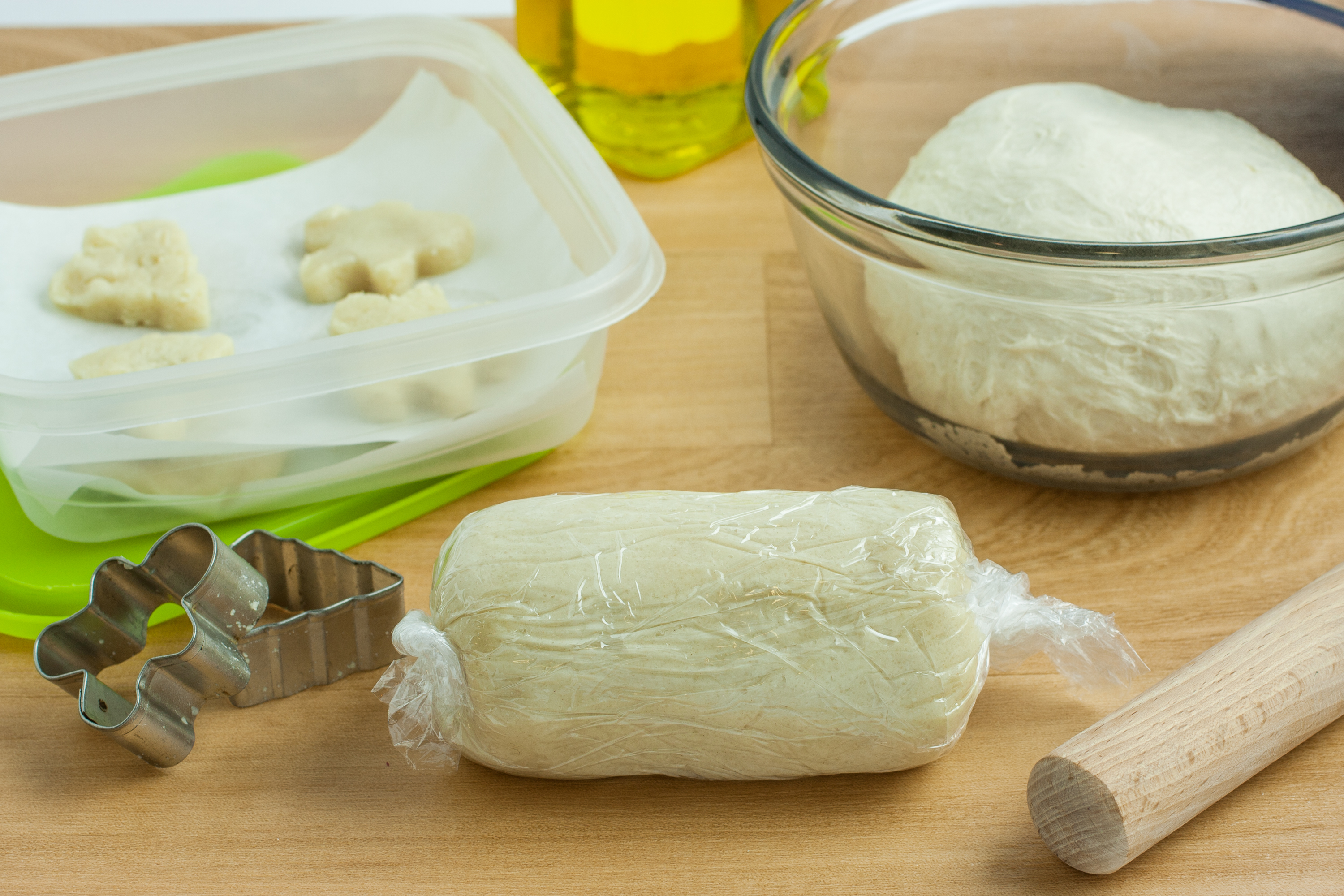
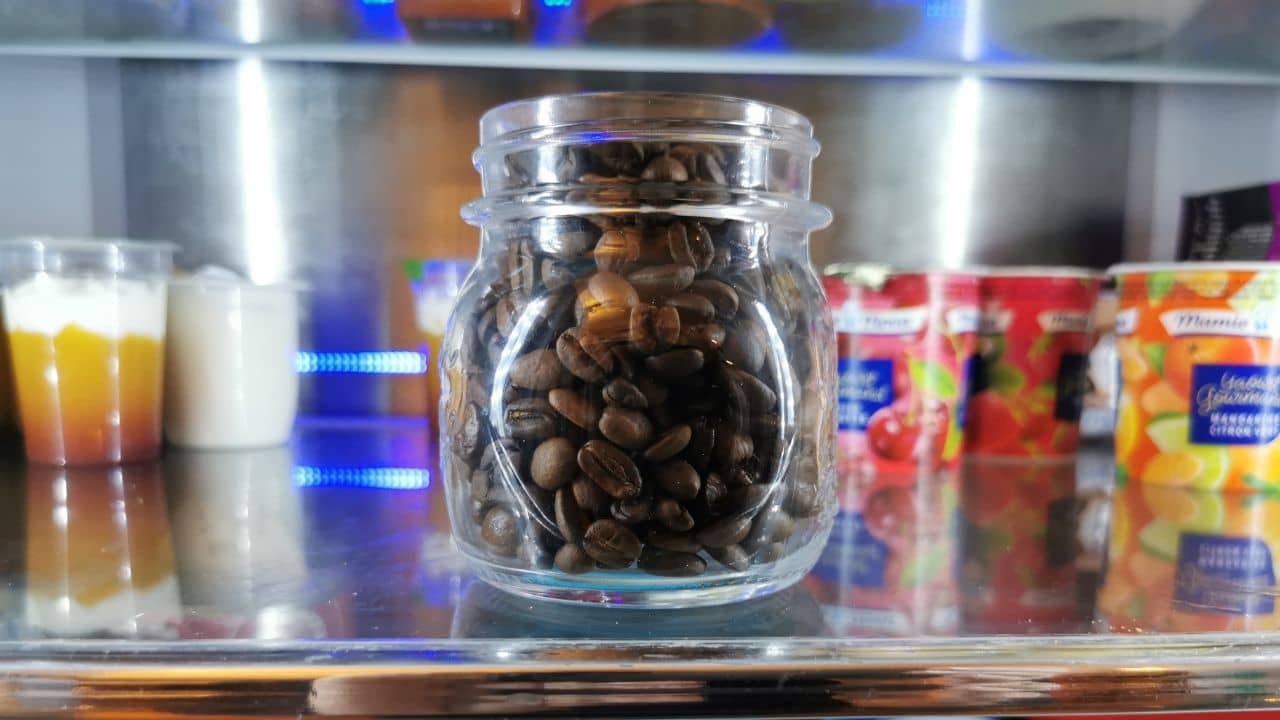
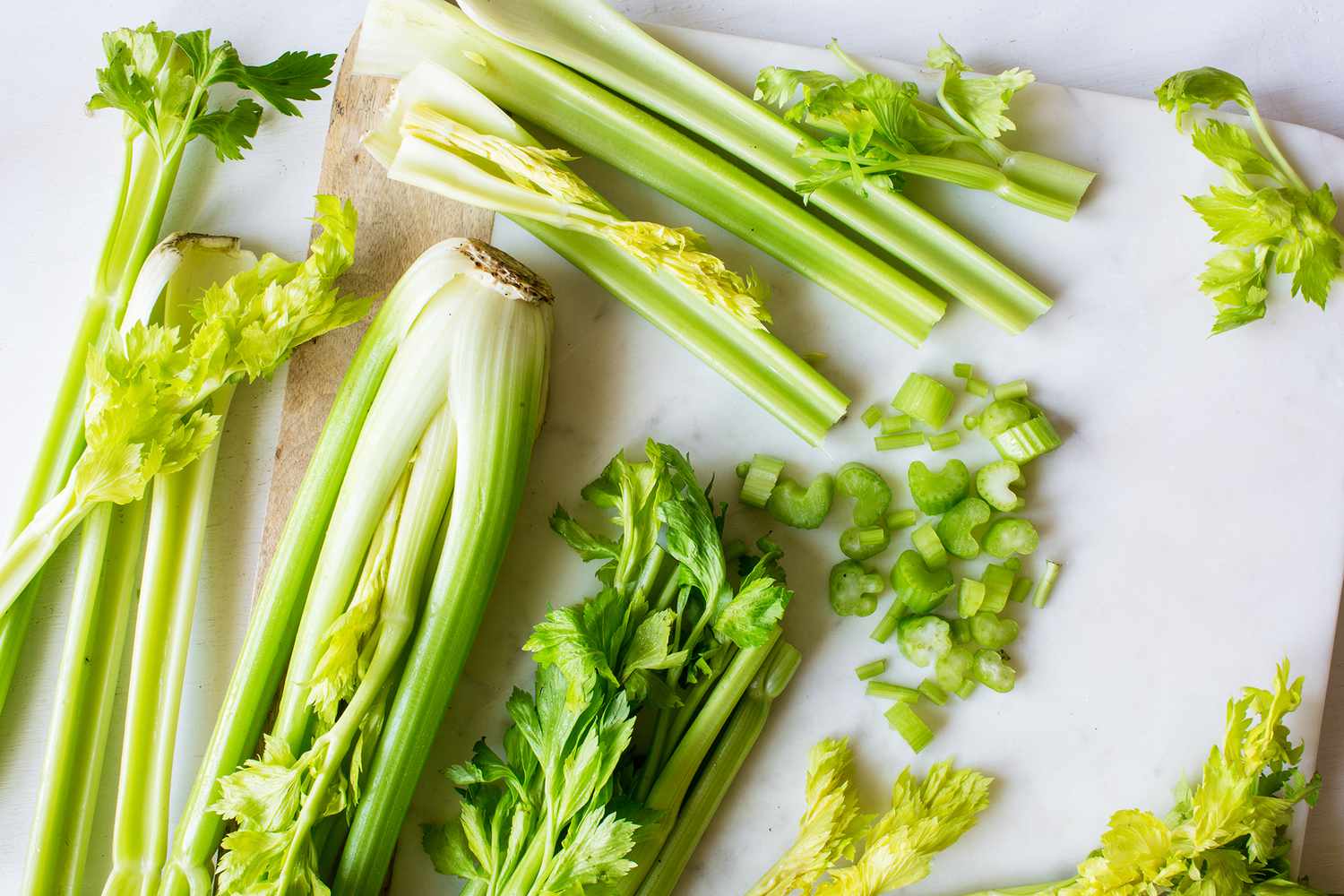




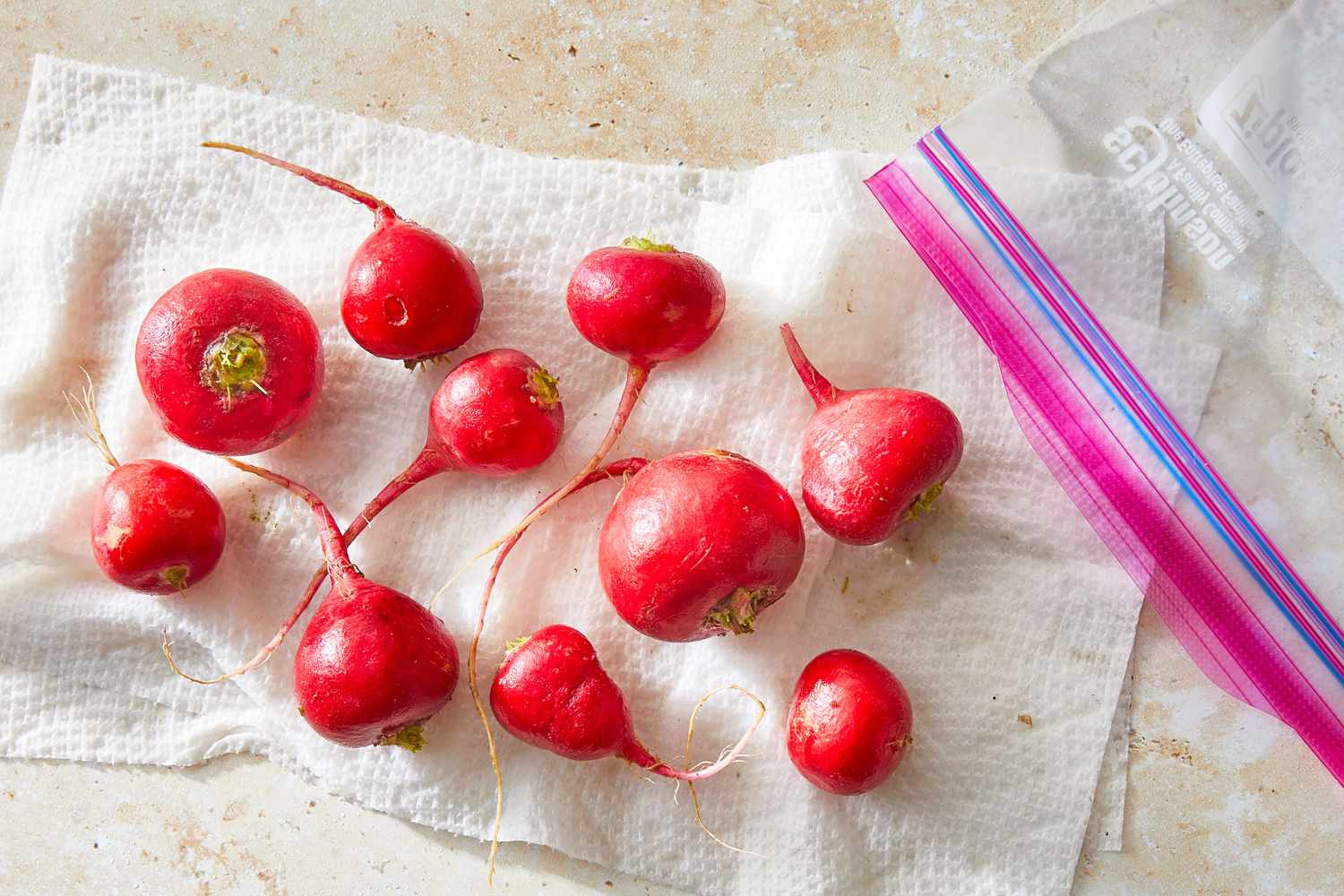

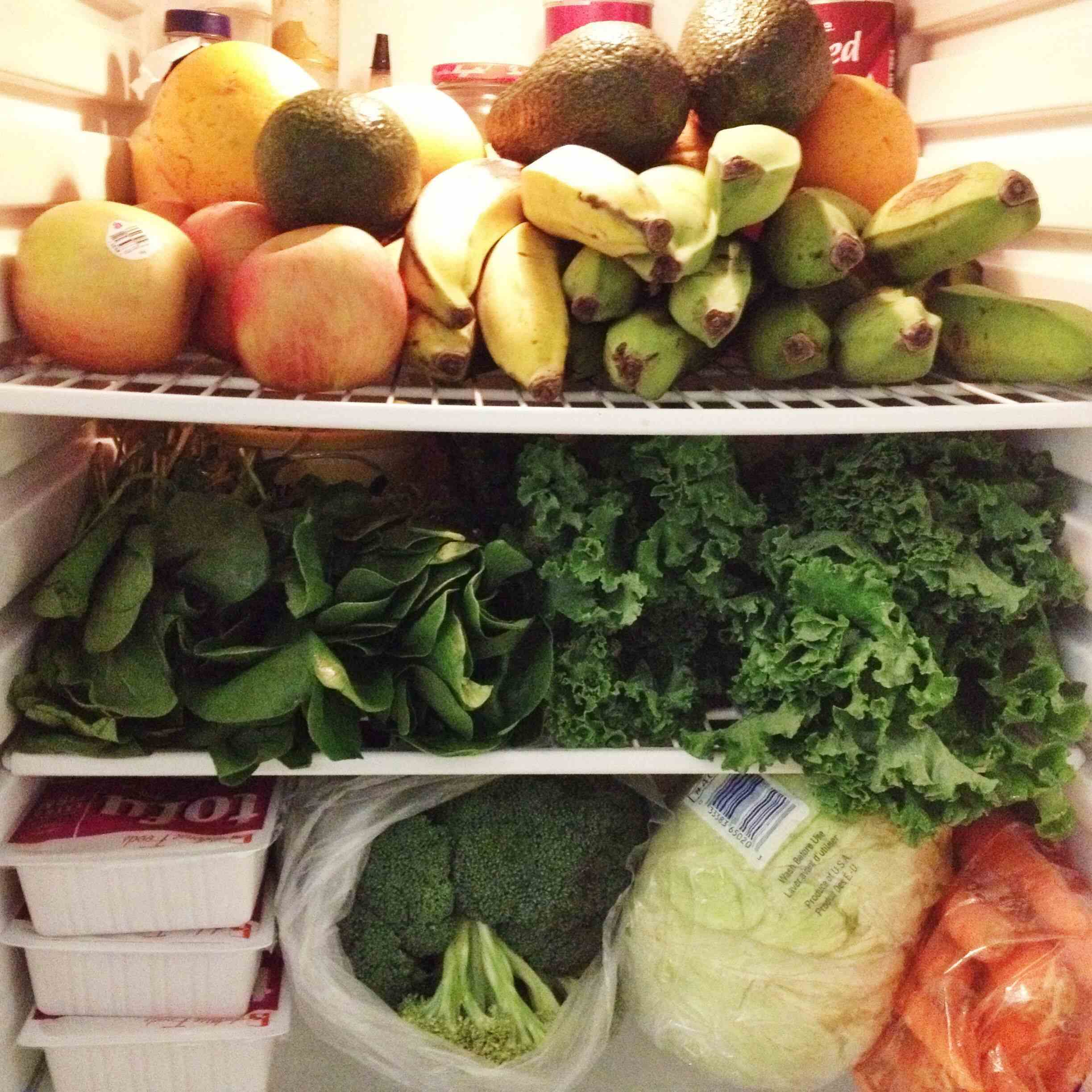

0 thoughts on “How To Store Arugula In Fridge”